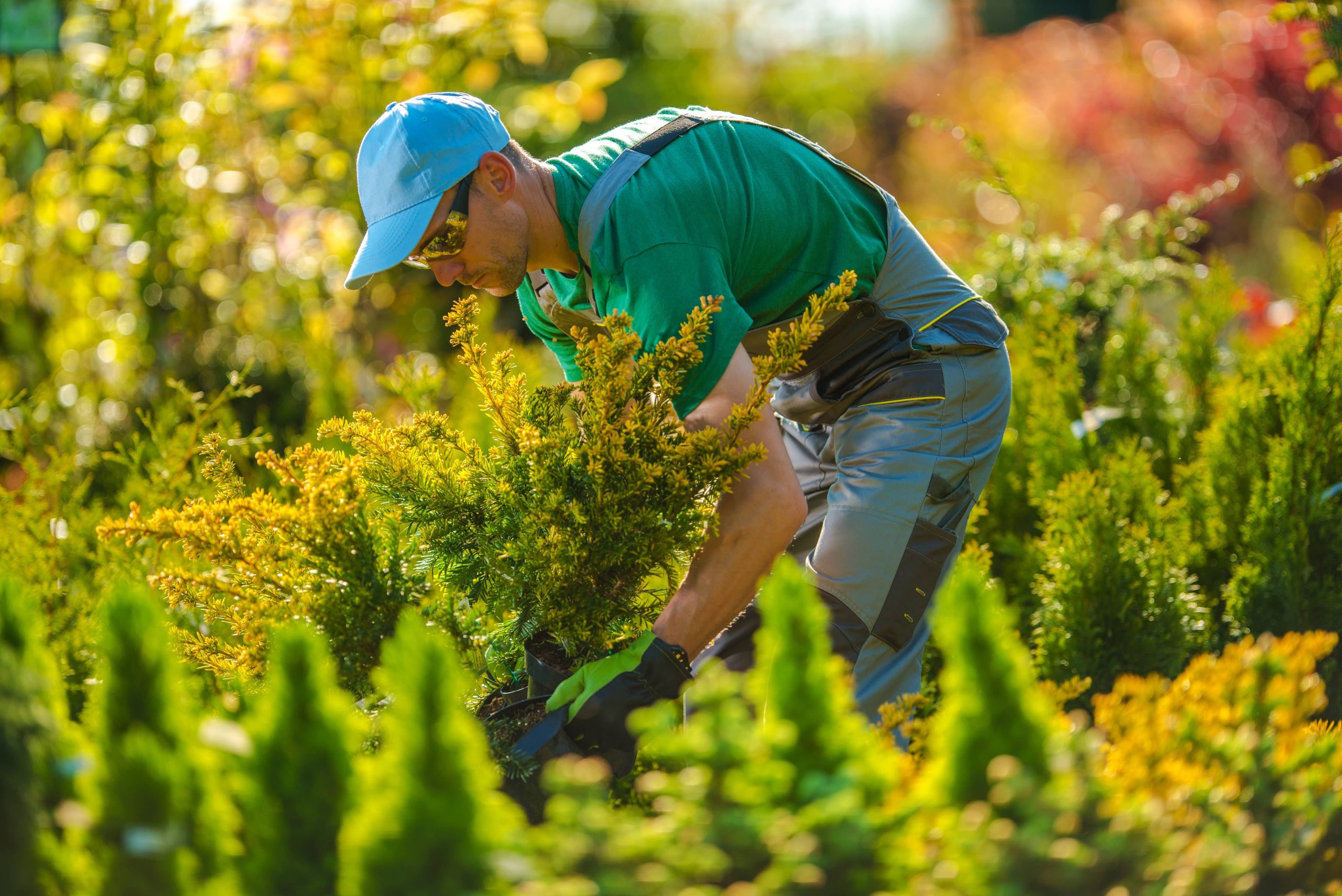
Every parent dreams of a backyard that isn’t just a patch of land but a haven where their children can laugh, play, and explore safely. The challenge lies in striking the perfect balance between fun and safety. As an avid enthusiast of outdoor gardening and landscaping, I’ve encountered countless families who want their outdoor spaces to be as enriching as they are entertaining. Here’s a definitive guide on creating a backyard play area that will captivate your children while ensuring their safety.
1. Assess the Landscape
Before you start planning the play area, take a good look at your existing outdoor space. Are there any risks you notice immediately, such as uneven surfaces, low branches, or hidden rocks? Addressing these hazards is the first step toward a safe environment. Trim back tree branches, remove any large stones, and level out the ground if it’s uneven. It’s essential to start with a clean, safe slate.
2. Designate a Specific Play Area
Define a specific space in your backyard for the play area. Not only does this help contain the mess, but it also allows you to maintain the rest of your garden without interference. Use natural materials like wooden logs, small hedges, or flower borders to distinguish the play space from the rest of the garden. This boundary keeps playtime structured without stifling their imagination.
3. Surface Matters
One of the most crucial aspects of a play area is the surfacing. Grass can be soft but slippery when wet. Consider other soft surfaces like rubber mulch or play sand that provide cushioning and reduce the risk of injuries from falls. If you have swings or climbing frames, installing impact-absorbing ground material below them is wise.
4. Choose Age-Appropriate Equipment
When selecting play equipment, ensure it is suitable for your children’s ages. Toddlers might enjoy a sandpit or a small slide, while older children may prefer climbing frames or a treehouse. Consider their interests and choose versatile equipment that grows with them. Doing so ensures longevity and extends the use of your investment.
5. Encourage Creativity and Imagination
While swings and slides are classic, don’t shy away from adding elements that fuel imaginative play. Think of incorporating a small fairy garden, a DIY water wall, or a mud kitchen. These additions allow kids to explore and express themselves creatively, turning your backyard into a fantastical play kingdom.
6. Ensure Supervision is Convenient
Design the play area such that you can easily supervise from a comfortable distance. Whether it’s a nearby patio where you can get some work done or a deck with seating that allows you to relax while watching your kids, convenience in supervision contributes to safety without compromising your own backyard enjoyment.
7. Emphasize on Safety Features
Safety should never be an afterthought. Ensure all the play equipment is sturdy and regularly check for wear and tear. Sand down any splinters on wooden equipment, tighten bolts on swings, and check for rust. Fences with safety latches around the play area provide additional peace of mind, especially for younger children.
8. Add Greenery for Shade and Splendor
Don’t forget about the importance of plants and trees. Use existing trees to provide shade naturally. If your backyard lacks this factor, consider planting fast-growing trees like poplars or willows that offer protection from the sun. These trees can also become part of playtime – think tree swings or climbing.
9. Teach Kids About Nature
Turn your play area into an educational experience by incorporating elements that teach kids about nature. A small vegetable garden or a butterfly house can be mystical gateways for children to learn about ecosystems and the importance of protecting them. Installing bird feeders or a small pond can also offer countless teaching moments.
10. Keep It Low Maintenance
You want your backyard play area to be a source of joy, not a chore. Choose materials and plants that are easy to maintain. Opt for native plants that thrive in your local climate, reducing the need for constant watering and upkeep. Artificial turf, while not environmentally friendly, offers a no-hassle green surface that remains neat year-round.
11. Involve Your Kids in the Planning
Lastly, involve your children in the process. Ask them what kind of play area they envision. Whether they prefer castles or pirate ships, their input can be invaluable. Involving them not only makes them excited about the project but also ensures the space reflects their interests.
Creating a backyard play area that is both safe and fun requires a thoughtful blend of creativity, practicality, and foresight. By investing the time and effort to balance these elements, you provide your children with a safe space that nurtures their growth and fuels their imagination. Your backyard can be more than just a garden; it can be a place where childhood memories are made and cherished. Embrace the challenge, and transform your garden into a sanctuary of adventure and safety for your little ones.













